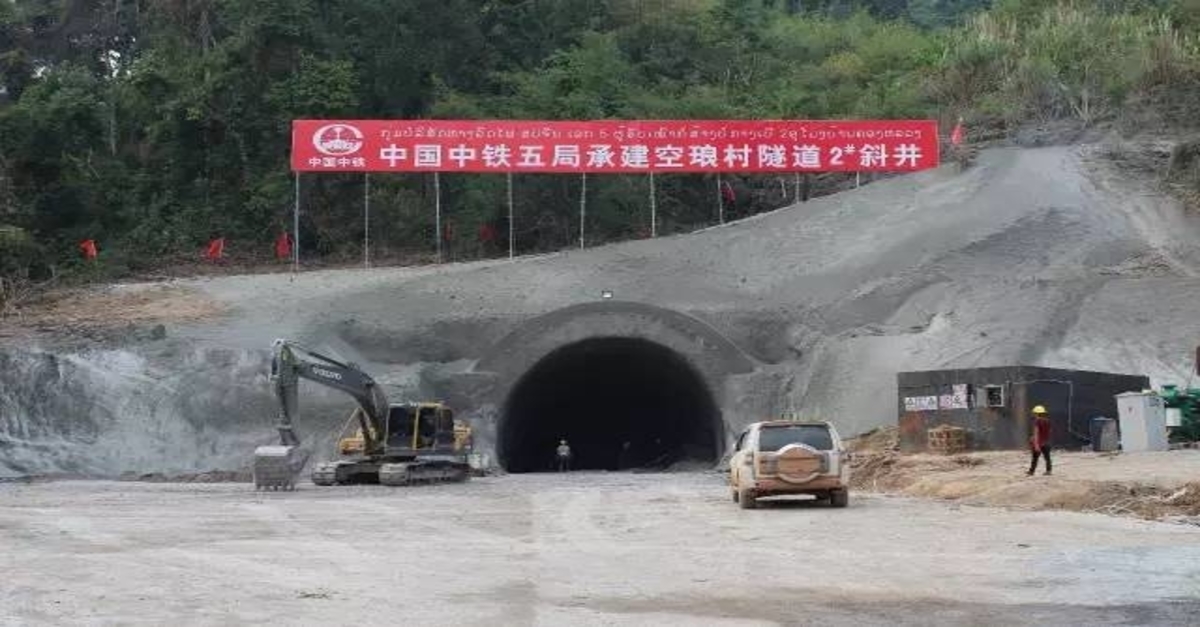Development on the Laos-China railway has gained traction, with 51 of 75 tunnel entrances successfully bored. The railway is scheduled to be officially operational in December 2021, with tunnels making up 197.83 km of the 414.332 km rail line linking Vientiane with the Chinese border.
The US$5.8 billion project began in December of last year, with six Chinese contractors carrying out construction of the 1.435-meter single-track railway, with pressure to finish on schedule.
The project coordinator for Luang Namtha province, Mr Chanthachone Keolakhone, confirmed that all three tunnels in northern Luang Namtha province were being bored with the Boten Tunnel, and have progressed at more than 50 meters.
As previously reported and closely followed by The Laotian Times, as many as 75 tunnels totaling 197.83 km and 167 bridges of 61.81 km will be built along the 414.332 km rail line, linking Vientiane with the Chinese border. The electricity-powered passenger train is designed to run at 160 km per hour and 120 km per hour for freight.
Deputy Minister of Public Works and Transport and Chairman of the Laos-China Railway Project Management Committee, Mr Lattanamany Khounnivong, explained that the Lao People’s Revolutionary Party’s central committee and the government perceives the railway to be the most efficient transport mode in the context of landlocked Laos.
He stated that rail transport is cheaper, safer and reduces travel time with less impact on the environment. The Party and government has prioritized railway development as an essential solution in transforming Laos from a landlocked country into a land-linked country.
“The opportunity is the implementation of the One Belt One Road Initiative,” stated the deputy minister, referring to the China-proposed Belt and Road Initiative of which the Laos-China railway is a crucial part.
Governments from both countries endorsed a Memorandum of Understanding (MoU) on the project development on April 7, 2010. Both sides then proposed on project details which included performing an economic feasibility study, design and investment models that resulted with China contributing 70 percent of the funding, and Laos investing in the remainder.
Once the project is completed and operational, the railway is anticipated to significantly boost trade, investments, tourism and assist in creating employment opportunities for locals, resulting in better livelihoods and alleviating poverty for the Lao economy.
The deputy minister urged for local villagers, especially those living along the rail route, to offer full support and cooperation to the project’s implementation.



